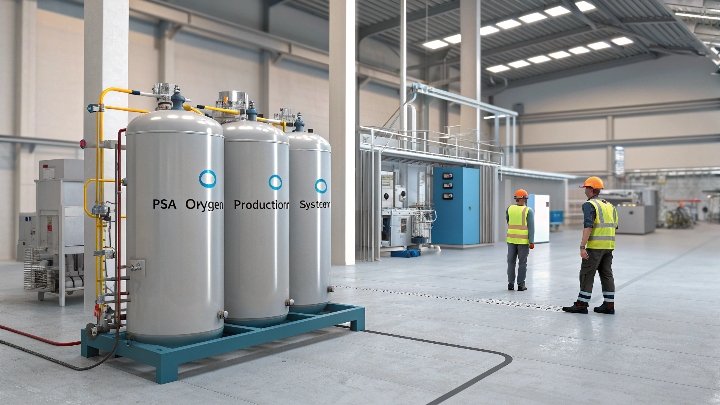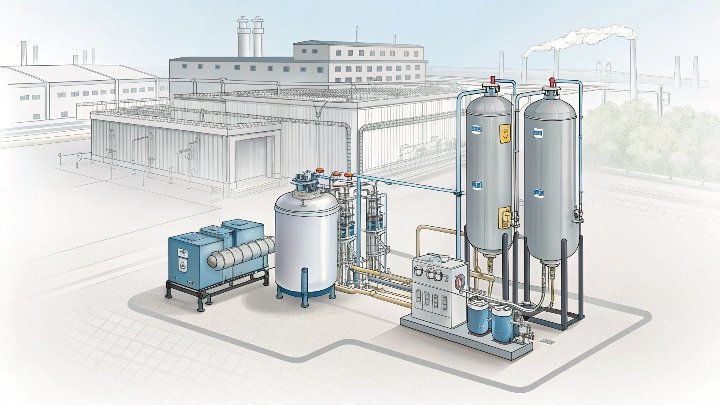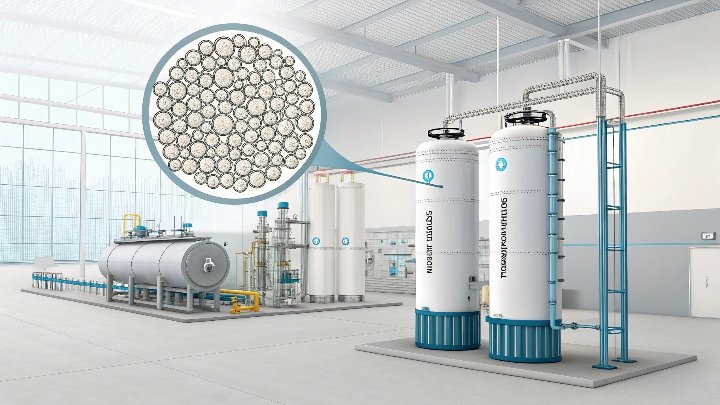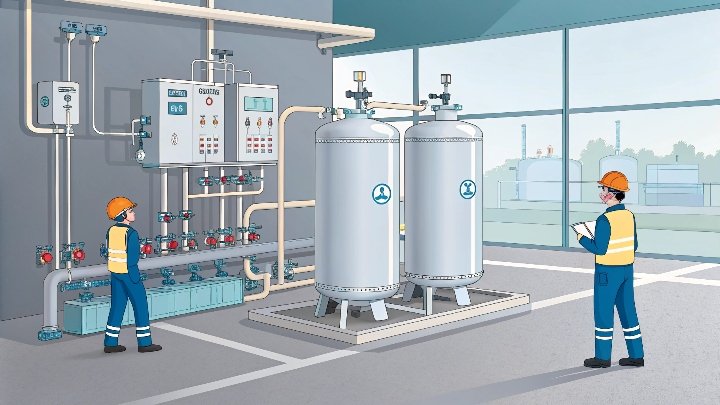Oxygen is essential for various industries, but producing it efficiently is a major challenge. Adsorption systems play a crucial role, and many plants unknowingly make costly mistakes. Let’s explore these errors.
Many PSA plants waste energy due to inefficiencies in their adsorption systems. These issues arise from incorrect sieve selection, moisture buildup, and unoptimized regeneration cycles. Next-gen sieves can address these flaws.
In this article, we’ll dive into the common mistakes in adsorption systems, how they waste resources, and the advanced sieves that help mitigate these challenges. Let’s uncover the key problems and solutions.
Why 89% of PSA Oxygen Plants Waste Energy? The Silent Sieve Slip-Up?
Energy wastage in PSA systems is more common than you might think. But the main culprit often goes unnoticed: improper sieve selection and management.
89% of PSA plants experience energy loss due to ineffective sieve cycles. This is mostly because standard sieves can’t handle specific impurities like moisture and CO₂. Next-gen sieves solve this issue.
Pressure Swing Adsorption (PSA) systems rely heavily on molecular sieves to separate nitrogen from oxygen. However, many systems suffer from energy wastage due to inadequate sieve performance. The molecular sieves used in PSA systems often fail to handle moisture or CO₂ properly, leading to a drop in efficiency. Without the right sieves, the adsorption process takes longer and requires more energy to regenerate.
Moisture and CO₂ contamination also contribute to sieve deterioration, leading to frequent replacements and added operational costs. To tackle this, next-gen sieves such as 5A or 13X have been developed with enhanced moisture and CO₂ removal capacities. These advanced sieves reduce energy consumption by maintaining consistent adsorption performance and requiring fewer regeneration cycles.
The importance of choosing the right molecular sieve cannot be overstated. For PSA plants, 5A sieves have become a standard due to their superior performance in moisture and CO₂ removal. They enable more efficient oxygen production and can significantly cut operational costs. By improving the adsorption cycle, these sieves ensure energy is used more effectively, resulting in better overall plant performance and cost savings.
Type X vs 5A Sieves: How One Texas Plant Cut Costs by $420k/Year
Choosing the wrong sieve type can cost plants millions over time. A Texas plant learned this the hard way, and switching to the right sieve saved them big.
A Texas plant faced unnecessary expenses due to using Type X sieves instead of 5A sieves. The change reduced operational costs by $420k annually. Let’s break down how the right sieve can save you money.
The case of the Texas plant is a perfect example of how a simple sieve change can lead to massive savings. Initially, the plant used Type X sieves, which were not suitable for their oxygen production needs. These sieves were designed for general use and couldn’t effectively handle moisture and CO₂, two major impurities in the air that hinder the efficiency of PSA systems. The result? Extended adsorption cycles, higher energy usage, and ultimately, more expensive operations.
After switching to 5A sieves, the plant noticed immediate improvements. The 5A sieves provided much better moisture and CO₂ adsorption capabilities, which streamlined the entire process. With these sieves in place, the plant reduced its energy consumption and minimized the frequency of regeneration cycles. This not only saved them money on energy but also extended the lifespan of the equipment, further cutting costs.
By making this switch, the plant saved over $420k annually, proving the importance of using the right adsorbent material for your specific application. The 5A sieve’s efficiency in removing moisture and CO₂ ensures that the PSA system runs smoothly, reducing downtime and maintenance costs. It’s clear that a careful sieve selection is key to optimizing energy use and maintaining cost-effective operations.
The Moisture Trap: How Competitors' Adsorption Cycles Fail at 80% RH
Moisture is a silent enemy in oxygen production. Many systems fail to account for high relative humidity, causing energy losses and system inefficiencies.
At 80% relative humidity, most adsorption systems struggle to maintain performance. This leads to inefficient oxygen production and higher operational costs. Next-gen sieves handle this challenge effectively.
High relative humidity (RH) is a significant challenge for adsorption systems, especially in regions with fluctuating weather conditions. At 80% RH, many PSA systems fail to operate at peak efficiency, as moisture competes with nitrogen for adsorption sites. This results in longer cycle times and more energy consumption. Most conventional sieves, like Type X, aren’t designed to handle this level of moisture, which causes them to saturate quickly and lose efficiency.
Competitors' systems often suffer because their adsorption cycles are designed without fully accounting for moisture levels. This oversight leads to higher energy consumption, as the system works harder to compensate for the inefficiencies. Moreover, frequent regeneration cycles add to the operational costs and reduce the lifespan of the sieves.
Next-gen sieves, such as the 5A, are specifically engineered to handle high humidity environments. These sieves have a higher adsorption capacity for water vapor, ensuring that moisture is effectively removed without compromising the system’s performance. By maintaining efficient adsorption at 80% RH, these sieves help PSA systems run optimally, reduce energy usage, and extend the lifespan of the equipment. This not only improves the overall efficiency of oxygen production but also significantly cuts operational costs over time.
Conclusion
By understanding the key mistakes in adsorption systems, and how next-gen sieves address these issues, industries can significantly cut costs and improve efficiency.






